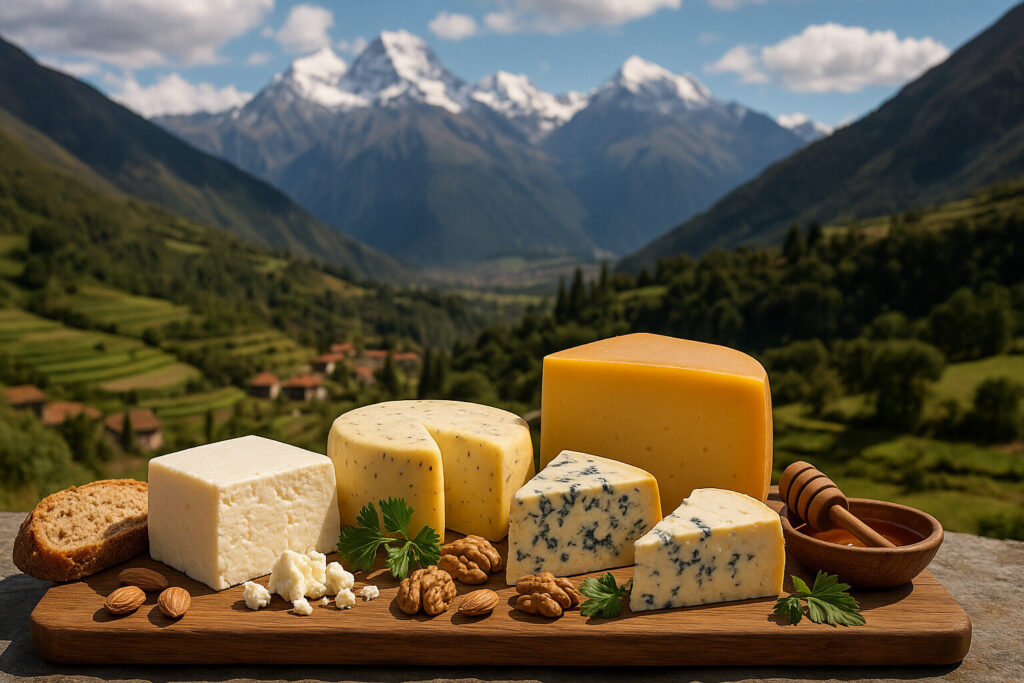Cheese Of Andean Region
Definition and Scope
Andean region cheeses originate from high-altitude territories spanning Peru, Bolivia, Ecuador, and Colombia. These cheeses reflect indigenous traditions adapted to mountainous climates and available livestock, primarily cattle and sheep. Their production methods preserve cultural heritage while meeting local dietary needs.
Common varieties include Queso Andino, Queso Fresco, and Queso Paria, each with distinct moisture levels and aging periods. These cheeses typically utilize raw or pasteurized milk from grass-fed animals grazing above 2,000 meters. The category encompasses fresh, semi-hard, and aged styles developed through centuries of pastoral practices.
Production Techniques
Traditional Andean cheese-making begins with milk coagulation using animal rennet or plant-based substitutes like fig tree sap. Curds are hand-pressed into woven baskets or wooden molds, creating characteristic surface patterns. Many producers maintain small-scale operations using copper vats over wood fires.
High-altitude aging occurs in cool, humid caves or specially constructed ripening rooms. Salt brining is common, with some cheeses undergoing smoking with native woods for preservation. The thin mountain air influences fermentation rates, resulting in slower maturation than lowland equivalents.
Sensory Profile
Andean cheeses generally present mild to moderate acidity with pronounced milky sweetness. Their texture ranges from crumbly fresh cheeses to firm, sliceable aged versions. Mineral notes emerge from volcanic soil pastures, while high butterfat content creates rich mouthfeel.
Aged varieties develop nutty, herbaceous flavors from wild mountain flora consumed by dairy animals. Smoked examples carry distinct aromas of queñua wood or ichu grass. The terroir imparts subtle earthy undertones uncommon in lowland dairy products.
Culinary Applications
Fresh Andean cheeses frequently accompany breakfast dishes like tamales or are served with tropical fruits. They melt beautifully in traditional sauces such as huancaina and ocopa, two emblematic Peruvian preparations. Grated aged varieties enhance soups and stews including locro and chupe.
Street vendors grill semi-hard cheeses for sandwich fillings or serve them with roasted corn. Many households incorporate cheese into empanada doughs and potato-based casseroles. Contemporary chefs use artisanal varieties in fusion dishes combining indigenous and modern techniques.
Regional Examples
Peru’s Queso Paria from Puno features a semi-hard texture and slight saltiness from Lake Titicaca basin production. Queso Andino is Bolivia’s most exported variety, known for its elastic texture and mild flavor. Ecuadorian Queso de Hoja achieves layered consistency through leaf-wrapping during curing.
Colombia’s Queso Paipa develops complex flavors through extended aging in Boyacá’s cool climate. Queso Chaqueño from Argentina’s northwest demonstrates hybrid techniques blending Spanish and indigenous methods. These regional specialties maintain Protected Designation status in their respective countries.

